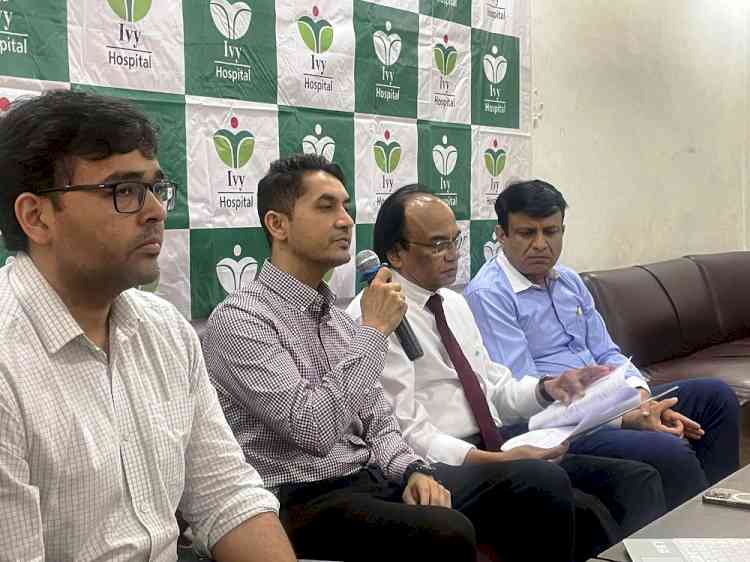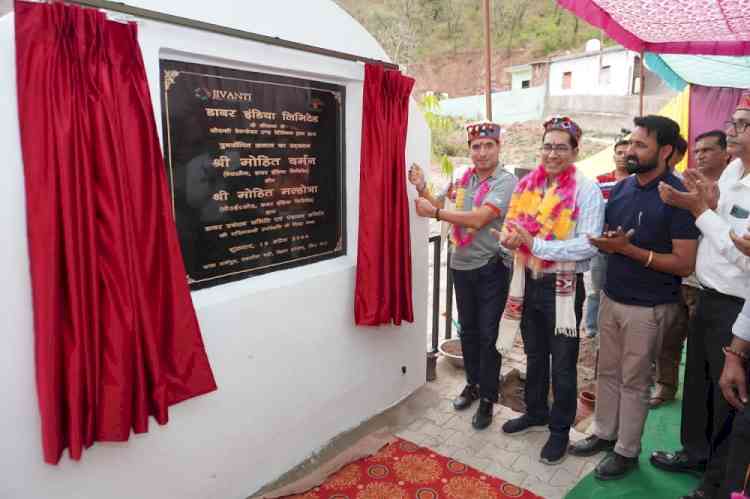COLOUR DENIMS AND FUNCTIONAL INNOVATIONS
Author(s): Prerna KapilaDenim, an industry with immense growth potential, not only due to the intense textile industry related manufacturing trends but also due to the simple demographic patterns in India has witnessed dramatic changes...

Denim, an industry with immense growth potential, not only due to the intense textile industry related manufacturing trends but also due to the simple demographic patterns in India has witnessed dramatic changes in the last 15 years. The fabric is extremely popular amongst the youth and as India has a large proportion of people in this age group of 12-35 years, the inherent potential is not yet utilized to its utmost. The statistics suggest that India’s per capita consumption of jeans is less than 25 % of the global average of 2 pairs per person. An inclination towards casual and comfortable clothing, growth in women and children segment, more organized retail and penetration of brands in smaller towns are other positive factors which are bound to help in the increased domestic consumption. The fashion and designer segment in Denim also provides ample growth opportunities and so does the export sector.
The denim production technology was imported to India in the year 1986-87. Immense changes have happened in the entire denim fashion in the last 15 years with a new set of specialized yarns introduced and we have new colours, toppings, over dyeing and coatings. Dry and wet washes with laser and ozone technique on ready jeans have changed the fashion from age old classical Blue Denim of fourteen and half ounces to an incredible variety of weights, colours and wash effects.
Colour Denims: It was only in early 80’s that the denims started to have colours other than Indigo. Black denim was first introduced, which was mainly dyed with sulphur dyes. Colour denims gained success and acceptance only around mid 2000s and have now gained equal importance from a designer’s perspective. The various methods available for producing colour denims are
-Pigment colouration, which results in solid shade as both warp and weft yarns get coloured by this over dyeing process. Pigment dyeing gives a piece dye effect while pigment coating leaves one side of the fabric bare.
-Fabric dyed, which have been used more commonly and are still in trend are produced by using reactive dyes for bright colours and sulphur dyes for earth tones.
- Tarn dyed colour denims provide a typical denim texture with a contrast of white and dyed colour clearly visible. Choice of dyes is same as fabric dyed colour denims.
- Garment dyed denims use cold reactive dyes and a series of treatments create stone wash effect with white core or tinted vintage look with yellow core. Direct dyes are also used with or without cationisation pretreatment which gives better colour yield and wet fastness with a possibility of neon colours and on tone fading with potassium permanganate finishing.
Latest Trends : Latest trends in coloured denims are for sustainability with the help of eco sulphur dyes which results in 80 % saving in water consumption and usage of 30 % recycled polyester. Duo colours are achieved in single dyeing with the usage of acid dyeable coating on the face side. Dyeing the ground colour, coating the face fabric and some washing are combined to produce tone-on-tone effect. Levi’s Made and Crafted line uses the technique of hand dyeing and then dipping in black, yellow and burgundy colours to create a kaleidoscope tie dye effect followed by a special technique to create super fine lines on garment surface. Dip dyeing or Ombre dyeing technique is used in jeans since early 2010s and Levi’s 511 series launched in 2013 uses natural dyes derived from roots, fruits, bark or leaves. The fabric has become extremely innovative by using various processes which create a range of fabrics like Indigo printed denim , denim weighing less than one oz, fabric dyeing with Indigo, mercerized flat finishing process, Chameleon finish (colour application through foam finishing machine), Jacquard denim and Corduroy denim etc.
Specialty performance finished denim which provides high elasticity, excellent recovery, high wash resistance, strechability up to 50 %, comfort and ease of movement are being increasingly used by designers and famous brands. A product created by “Esprit” allows women to have a 24 hour comfortable wear which is extremely soft and easily follows body movements without compression or limits. It also provides an excellent silhouette and fit which can easily turn from a refined and sophisticate look to a casual and stylized one. A layer of colour coatings developed by “Isko” creates multi dimensional texture and colour as used in their F/W collection. Isko, shades of black is made up of three colour components: red, yellow and blue which when worn over a long time, one cast becomes more dominant and creates many shades of black with a unique green, brown, blue, purple or dusty shade range. Light weight coloured and indigo denims are used for shirts by various designers.
Denim is here to stay and the industry has strong growth potential provided the industry is driven by innovation, increasing the canvas of fabrics, increasing retail distribution and low cost and sustainable manufacturing. There is need for technologies which are highly productive, less polluting, more machine and process controllable, cost effective, and adaptable for quick changes with a lot of value addition to drive the success in this area.

 cityairnews
cityairnews 















